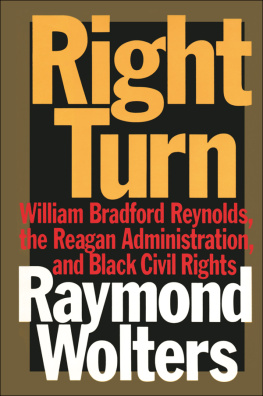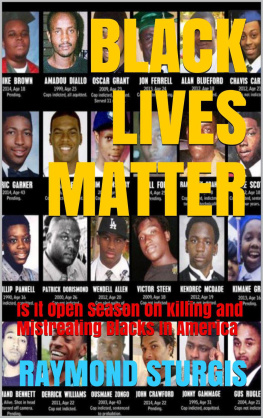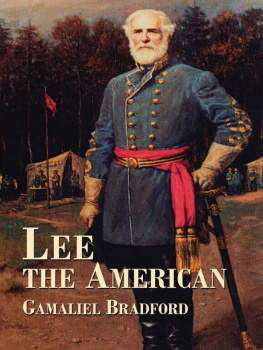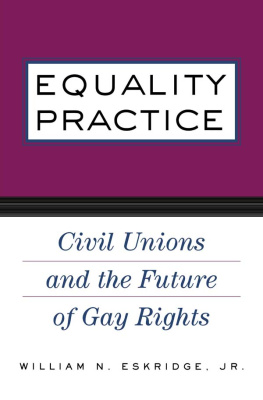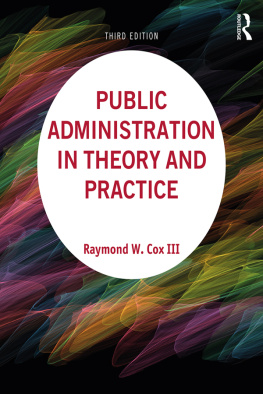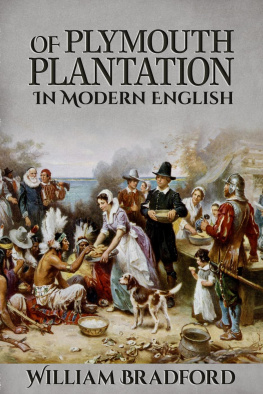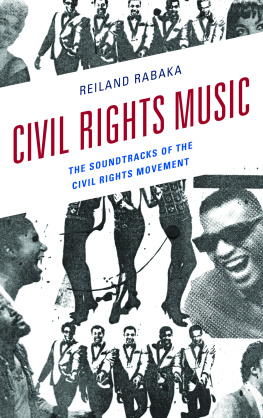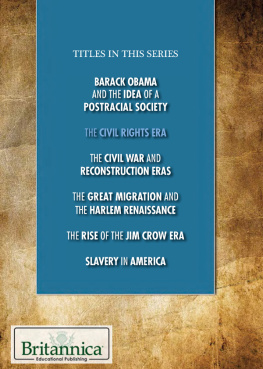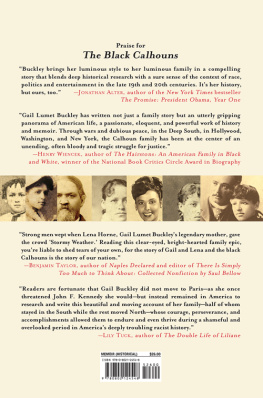Right Turn
First published 1996 by Transaction Publishers
Published 2017 by Routledge
2 Park Square, Milton Park, Abingdon, Oxon OX 14 4RN
711 Third Avenue, New York, NY 10017, USA
Routledge is an imprint of the Taylor & Francis Group, an informa business
Copyright 1996 by Taylor & Francis
All rights reserved. No part of this book may be reprinted or reproduced or utilised in any form or by any electronic, mechanical, or other means, now known or hereafter invented, including photocopying and recording, or in any information storage or retrieval system, without permission in writing from the publishers.
Notice:
Product or corporate names may be trademarks or registered trademarks, and are used only for identification and explanation without intent to infringe.
Library of Congress Catalog Number: 96-21485
Library of Congress Cataloging-in-Publication Data
Wolters, Raymond, 1938
Right turn : William Bradford Reynolds, the Reagan administration, and Black civil rights / Raymond Wolters.
p. cm.
Includes bibliographical references and index.
ISBN 1-56000-257-3
1. Afro-AmericansCivil rightsHistory. 2. Reynolds, William Bradford. 3. Attorneys generalUnited StatesBiography. 4. United StatesPolitics and government19811989. I. Title.
KF4757.W65 1996
342.73'085'092dc20
96-21485
[347.30285092]
CIP
ISBN 13: 978-1-56000-257-4 (hbk)
For Jeff, Kevin, and Tom
This book was written the old fashioned waywithout any foundation-subsidized time off and while teaching five courses and between 300 and 400 students each year; that is to say, this book was written during summer vacations. I had not planned it that way. In the past I had received fellowships that made it easier to write other books, but this time my applications for released time were unavailing. Perhaps, it was a blessing in disguise. It allowed me to proceed at my own pace and to discover the pleasure of being more actively engaged with students. I am grateful to the University of Delaware for a sabbatical leave and to the Earhart Foundation for funds that defrayed research expenses.
As an historian, I was trained to regard documents as better sources than interviews. For that reason, I am grateful to Jill Eastland for providing me with duplicate copies of speeches, memoranda, and correspondence from the files of William Bradford Reynolds. These records were then supplemented with the enormous quantity of documents that are available in the court records of several civil rights cases.
I am especially indebted to William Bradford Reynolds for cooperating with me on this project and for giving me complete freedom with respect to the method and the substance of the book. My notes mention a number of interviews with Reynolds, but they were a peculiar sort of interview. Before meeting with Reynolds, I would write chapters that were based almost entirely on written sources. Reynolds would then read those chapters, and we would get together for a few hours to discuss the text. Reynolds offered comments and suggestions, but I made the final decision on every point.
Another special debt is to my family and to our summer house at Long Point on the Bohemia River. After spending four or five hours writing each morning, I could walk out the door, climb on a boat, and patrol the waters of the Chesapeake Bay. As in the past, my wife Mary has been a tremendous source of support, companionship, and love. This book is dedicated to our three sons.
When I first thought about a book on the civil rights policies of the Reagan administration, I had in mind a biographical study of William Bradford Reynolds, the assistant attorney general who was the principal architect of the administrations civil rights policies. At the time I had not met Reynolds, but from press reports I had the impression that he combined a good legal mind with opposition to every sort of racial discrimination. I wanted to write about a principled conservative who worked intelligently and persistently and, in the end, made a difference.
As it turned out, however, this book is less a biography than a study of legal policy in three important areas of civil rights law. After some introductory comments about Ronald Reagan and William Bradford Reynolds, the book proceeds to an analysis of their policies on voting rights, affirmative action, and school desegregation.
My major concern is with a series of what can be called second-generation civil rights problemsproblems that usually are not discussed in accounts of the civil rights movement. The familiar emphasis is on segregation and discrimination against blacks, but by the 1980s another set of questions had come to the fore.
In the 1950s and early 1960s, most civil rights activists said that race and color were irrelevant to the proper consideration of a persons worth. They sought the advancement of blacks but assumed this could be accomplished if the government and private employers treated citizens as individuals, without regard to race, color, creed, or national origin. The Civil Rights Act of 1964 and the Voting Rights Act of 1965 called for nondiscrimination.
Later in the 1960s, new ideas gained currency. To make amends for the invidious discrimination of the past, some people called for benign discrimination to give blacks a special boost. In business and government this could be done if affirmative action was redefined to require racial preferences or quotas. In public education it could be accomplished by taking race into account when assigning students to school. In politics more could be done than ensure that each person had the right to vote; district lines could also be drawn to maximize the likelihood that African-Americans would actually be elected to office. To get past racism, it was said, we must first take account of race.
During the 1970s the administrations of Richard Nixon and Jimmy Carter moved from color-blindness toward color consciousness, from nondiscrimination and the rights of individuals to affirmative discrimination and group rights. School desegregation turned into court-ordered busing for racial balance. No discrimination in employment came to signify opposition to policies (like testing or requiring educational credentials) that affected blacks adversely. Voting rights became a euphemism for affirmative gerrymandering.
By 1980 the course of civil rights had reached a crossroads. The nation had to choose between individual rights and group representation, between equality of opportunity and equality of results. This book maintains that Ronald Reagan made the right turn, not only when he opposed both quotas and forced busing but also when he questioned and limited the use of racial considerations in drawing electoral boundaries. The book also shows that the Reagan administration enjoyed considerable success in reviving within the judiciary (as well as reinforcing within the country) the conviction that rights inhere in individuals and that all people are entitled to the equal protection of the laws. In a speech to the American Bar Association, Reagan sounded the keynote of this policy:
The promise in the Declaration of Independence, that we are endowed by our creator with certain inalienable rights, was meant for all of us. It was not meant to be limited or perverted by special privilege, or by double standards that favor one group over another.
In response, critics of the administration said that Reagan wanted to turn back the clock on civil rights. They said that legal notions of color-blind impartiality sounded fair but actually served to prolong injustice. They depicted nondiscrimination as an obstacle to the compensatory racial preferences that were needed to improve the overall position of African-Americans. They said Reagan was a racist.

